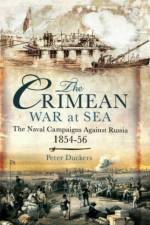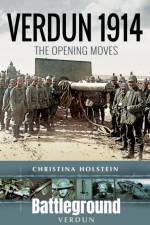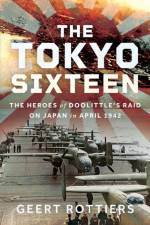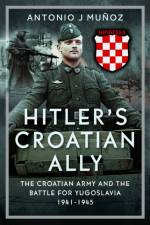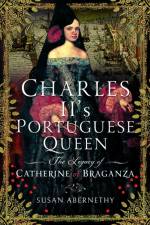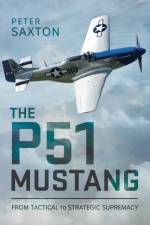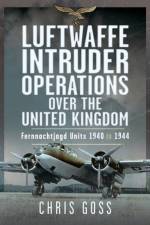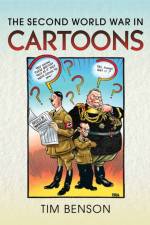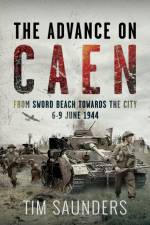av Gabriele Esposito
337
In 1837, Queen Victoria inherited an army that had not changed greatly from that which defeated Napoleon in 1815, although reform was already under way. The process of reorganization and modernization, however, continued throughout her reign. As the British army protected and extended the Empire, it strove to adapt to rapidly advancing technology and an incredible array of enemies and environments. This was the period in which many of the of its most famous battle honours were won, such as Balaklava, Rorke's Drift and Omdurman. Gabriele Esposito gives a comprehensive overview of the history, organization, weapons and uniforms of the various components of the British army. All branches of the service are included: Foot Guards, line infantry, Highland infantry, light infantry, rifle corps (the King's Royal Rifle Corps and the Rifle Brigade), Life Guards and Horse Guards, Dragoon Guards, Dragoons, Light Dragoons, Hussars, Lancers, Royal Artillery, Royal Engineers and Royal Army Service Corps. The Royal Marines and Royal Marine Artillery, while technically part of the Royal Navy, are also covered as they often fought with the land forces. The 'legions' of British volunteers who fought abroad and the foreign military units in British service are also considered. He traces the great changes that happened across the period in both military dress (the famous red coats giving way to khaki) and equipment (notably, muskets being replaced by breech-loading rifles and machine guns). Dozens of beautiful colour artworks illustrate this glorious period of British military history.











